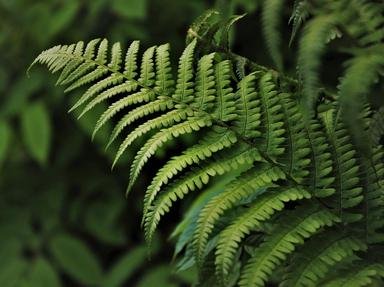Quiz Answer Key and Fun Facts
1. This lovely plant is known as white snakeroot and is responsible for which of the following maladies?
2. White baneberry has round white fruits which lend themselves to which more descriptive plant name?
3. The poisonous Angel's trumpet plant is sometimes ingested recreationally in which of the following ways?
4. The deadly Quaker Button tree contains high levels of which of the following toxins?
5. This beautiful, but potentially deadly, plant, known as foxglove, is used commercially to make a very effective cardiac medication.
6. In which of the following continents are you unlikely to find water hemlock growing wild?
7. The toxic plant known as wolfsbane has been used for centuries for which of the following reasons?
8. As strange as it might seem the Rosary Pea, one of the planet's deadliest plants, is often used to make which of the following?
9. The deadly plant known as Belladonna has historically been used by women for which of the following purposes?
10. The castor plant is used to make a very effective biological weapon.
Source: Author
dcpddc478
This quiz was reviewed by FunTrivia editor
rossian before going online.
Any errors found in FunTrivia content are routinely corrected through our feedback system.

